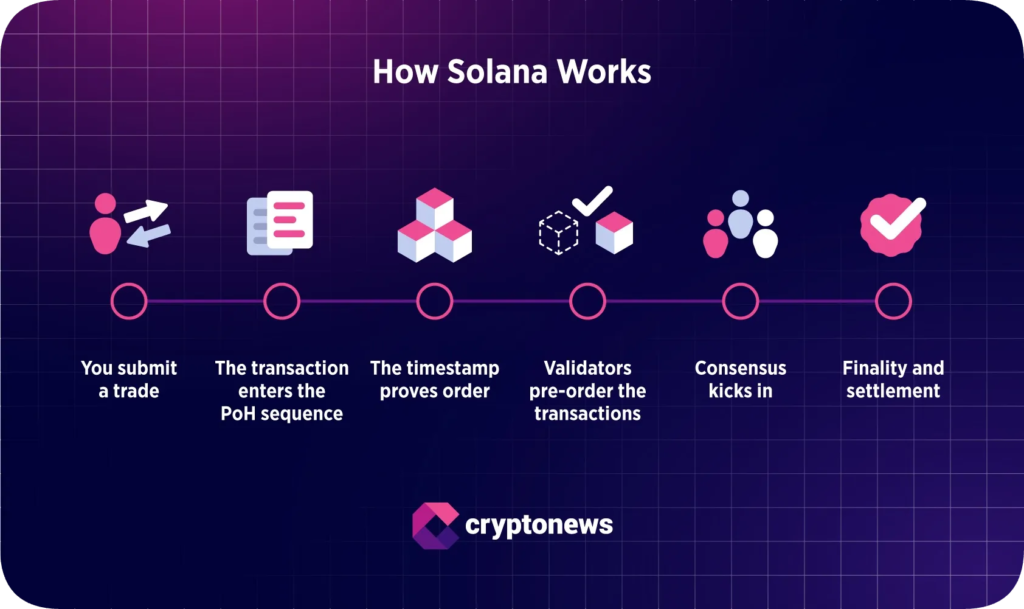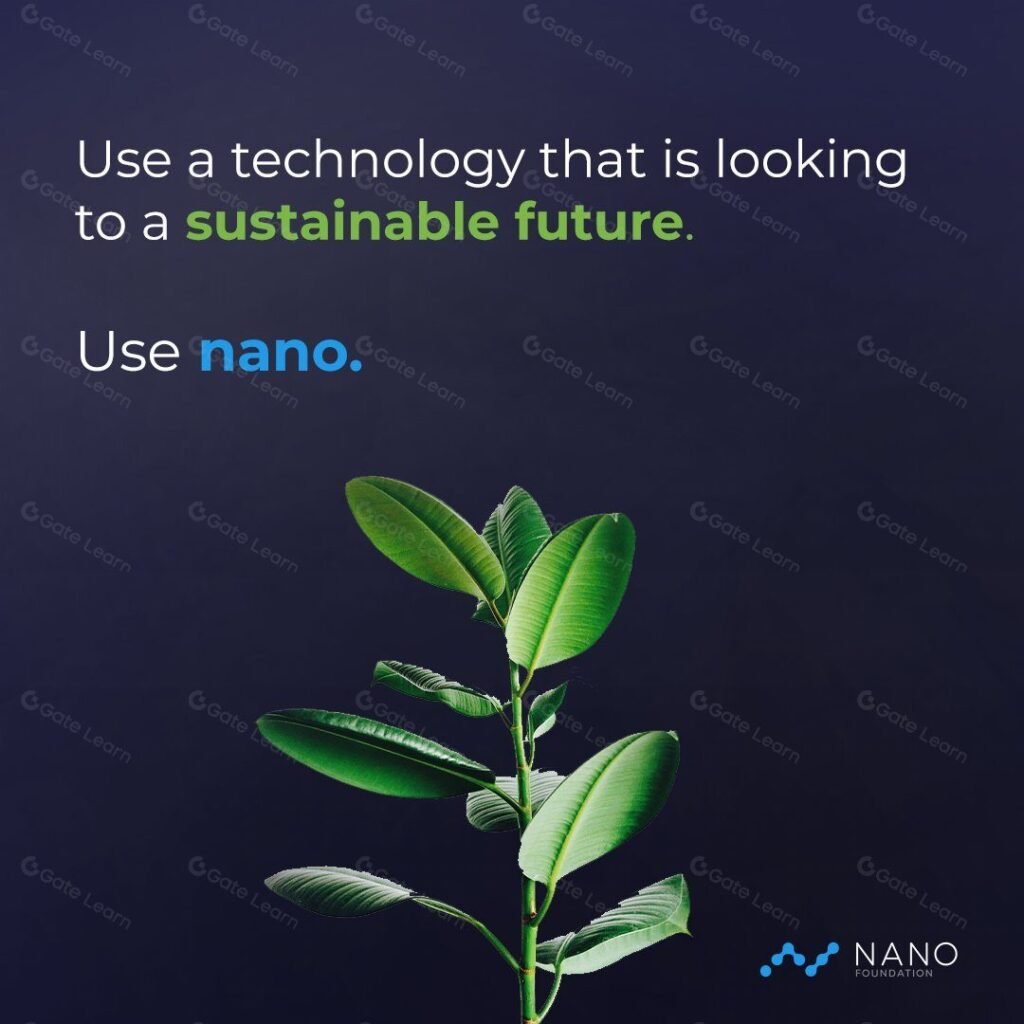Top 10 Green Crypto : Cryptocurrency has always sparked debates about its environmental footprint. For years, headlines focused on how much energy Bitcoin consumed, often compared to the electricity use of entire nations. But the industry has been evolving. In 2025, a growing wave of green crypto projects is proving that blockchain can innovate without being environmentally destructive.
Instead of relying on Proof-of-Work mining, many newer platforms are adopting efficient Proof-of-Stake mechanisms, storage-based alternatives, and even hybrid models designed to cut carbon emissions. Others are taking a step further by building partnerships with renewable energy firms, offsetting emissions, and integrating sustainability into their governance. The Top 10 Green Crypto projects in 2025 listed here show that blockchain can be a tool for progress, not a threat to the climate.
1. Cardano (ADA): Academic Roots, Green Ambitions
Cardano is often described as one of the most research-focused blockchains, but its environmental achievements are equally noteworthy. Running on its Ouroboros Proof-of-Stake protocol, Cardano uses drastically less energy than Proof-of-Work systems like Bitcoin or Ethereum’s early versions.
The project’s dedication to peer-reviewed development ensures that energy efficiency isn’t just a buzzword but part of a carefully designed architecture. Beyond the network itself, Cardano has invested in sustainability-driven projects in Africa, including blockchain tools for supply chains and identity verification. This combination of low energy use and global social responsibility makes ADA a leading voice in the sustainable crypto conversation.
2. Algorand (ALGO): Top 10 Green Crypto -Beyond Neutral, Going Negative
Algorand has become a poster child for eco-friendly crypto. Since 2021, it has been certified as carbon-negative, meaning it removes more emissions than it produces. Its Pure Proof-of-Stake system minimizes power consumption, while partnerships with ClimateTrade allow Algorand to offset any remaining emissions seamlessly.
In 2025, Algorand is attracting significant attention in green finance and DeFi. Investors who ask, “Is Cardano sustainable?” often find themselves comparing it with Algorand’s aggressive carbon-negative stance. As ESG (Environmental, Social, Governance) criteria guide more institutional decisions, Algorand is positioning itself as a blockchain purpose-built for the climate-conscious economy.
3. Hedera (HBAR): Top 10 Green Crypto – Enterprise-Backed Efficiency

Source: Fxleaders
Hedera Hashgraph sets itself apart by not being a blockchain at all. Its Hashgraph consensus is highly efficient, consuming a fraction of the energy that both traditional finance systems and most blockchain platforms require. Independent studies have shown that Hedera’s per-transaction energy use is among the lowest in the industry.
With a governing council made up of global corporations, Hedera has also committed to sustainability at the organizational level. Partnerships around renewable energy tokenization and carbon markets are already live. For enterprises searching for a green blockchain solution that is both scalable and climate-aligned, Hedera represents a serious contender in 2025.
4. Solana (SOL): Speed with Sustainability

Source: Cryptonews
Solana is often recognized for its high transaction throughput, but fewer people know that its hybrid Proof-of-History and Proof-of-Stake system is also energy efficient. Studies suggest that a Solana transaction uses less energy than swiping a Visa card, a surprising fact given the scale of its DeFi and NFT activity.
In 2025, Solana continues its push toward verified carbon neutrality by working with environmental partners and improving its reporting transparency. While its network outages have sparked criticism in the past, Solana’s commitment to performance and sustainability shows that fast blockchains can also be environmentally responsible.
5. Polkadot (DOT): Interoperability Meets Efficiency

Source: Binance Academy
Polkadot was designed to connect multiple blockchains through its parachain model, but this design also brings sustainability advantages. By sharing security across chains, Polkadot reduces energy waste compared to isolated systems. Its reliance on Proof-of-Stake keeps electricity usage low while enabling scalability.
What strengthens Polkadot’s green credentials is its support for projects like Energy Web, which directly target renewable energy integration. With an active governance system, the community can also vote on climate-related initiatives, embedding sustainability into decision-making. By 2025, Polkadot is both a hub of interoperability and a showcase for eco-friendly crypto innovation.
6. Stellar (XLM): Sustainable Remittances

Source: YEZLA
Stellar is best known for making cross-border payments cheap and accessible, particularly in underserved regions. Its consensus mechanism is lightweight and efficient, consuming only a fraction of the energy used by Proof-of-Work blockchains. For millions of users in developing countries, this means affordable transfers that don’t come at the expense of the planet.
In addition to efficiency, Stellar has been active in climate-focused projects, such as facilitating carbon credit solutions. By 2025, it’s clear that Stellar is more than a remittance tool; it’s also a model of how low-energy crypto can be used to achieve both financial inclusion and sustainability.
7. Tezos (XTZ): The Self-Amending Green Blockchain

Source: Cs
Tezos has long been recognized for its self-amending design, which allows the blockchain to upgrade without hard forks. This feature significantly reduces waste compared to networks that split and multiply over time. Its Liquid Proof-of-Stake consensus keeps transactions energy-efficient and scalable.
In the world of NFTs, Tezos has emerged as a sustainable alternative, attracting environmentally conscious artists and collectors. Verified reports in 2025 continue to confirm that Tezos consumes far less energy annually than Ethereum’s earlier PoW system, making it a go-to for those who want sustainable NFTs without compromising creativity.
8. Avalanche (AVAX): Subnets for Smart Efficiency

Source: Gemini
Avalanche is built to scale, but scalability here doesn’t mean higher energy costs. Its Proof-of-Stake model ensures low electricity consumption, while its subnet architecture allows individual applications to customize their operations efficiently. This modular design reduces wasted resources and improves overall sustainability.
Avalanche is also playing a role in ESG-focused innovation, particularly through the tokenization of real-world assets like carbon credits. By 2025, it has become a trusted choice for institutions that want high-speed blockchain solutions aligned with climate goals, bridging finance and environmental responsibility.
9. Nano (XNO): Simple, Feeless, Green

Source: GateLearn
Nano is one of the purest examples of green crypto. Using its block-lattice structure, Nano transactions are not only free and instantaneous but also consume negligible energy. This efficiency makes it especially well-suited for micropayments and daily transactions, where scalability and low costs are essential.
The Nano community has always been vocal about its environmental edge, pushing for real-world adoption as a lightweight, sustainable payment solution. By 2025, Nano continues to serve as a reminder that blockchain doesn’t need to be complex or energy-intensive to make a real-world impact.
10. Chia (XCH): Top 10 Green Crypto – Farming for Sustainability
Chia introduced a radical alternative to mining with its Proof-of-Space-and-Time model, which relies on storage capacity rather than brute computational power. While it faced early backlash over potential e-waste, the project has since partnered with sustainable storage providers to reduce environmental concerns.
In 2025, Chia is more efficient and better aligned with circular economy principles. Although it is still debated whether storage farming is truly “green,” Chia represents a bold experiment in rethinking blockchain security models. Its improvements over time have earned it a place among the Top 10 Green Crypto projects leading the conversation about sustainable blockchain design.
Conclusion – Top 10 Green Crypto
The Top 10 Green Crypto projects in 2025 showcase the wide range of strategies being used to address blockchain’s environmental impact. From Cardano’s rigorous Proof-of-Stake to Hedera’s unique Hashgraph, and from Algorand’s carbon-negative status to Nano’s minimalism, the message is clear: crypto can grow without harming the planet.
As blockchain adoption expands, the role of green crypto will only become more important. Investors, enterprises, and users are increasingly demanding solutions that balance innovation with responsibility. In this shift, sustainability is no longer optional—it is shaping the very future of blockchain technology.



